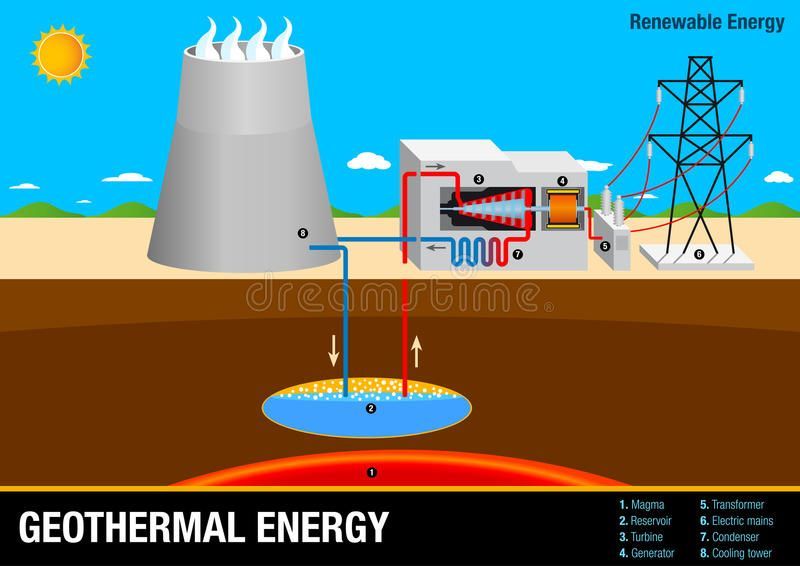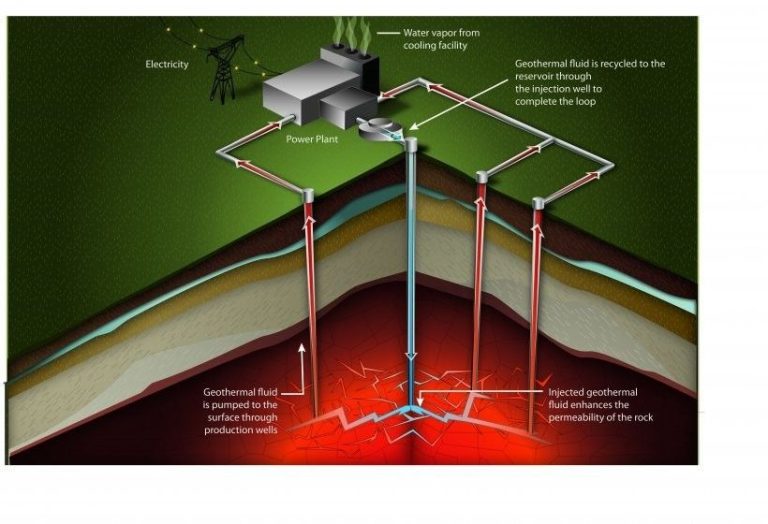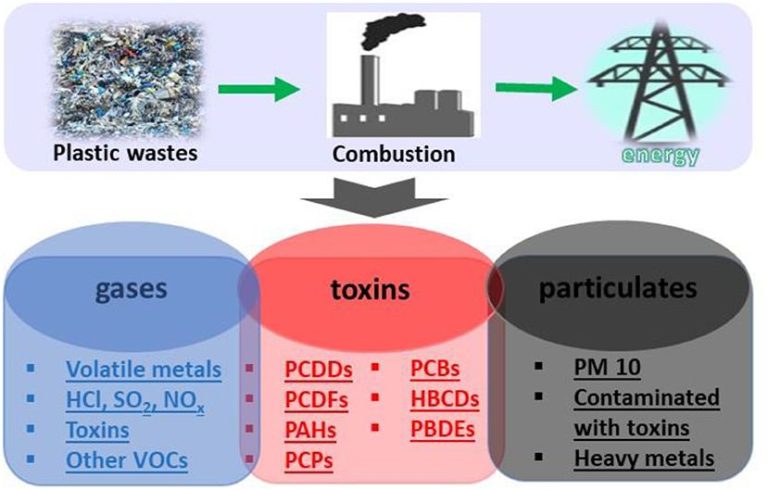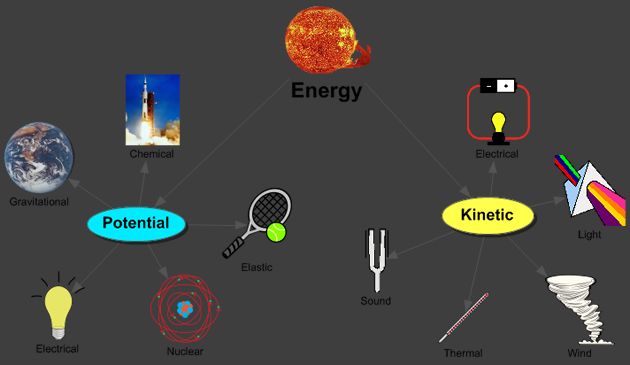How Has Geothermal Energy Changed Over The Years?
Geothermal energy refers to thermal energy generated and stored underneath the earth’s surface (Geothermal Energy throughout the Ages). It has been utilized by humans for thousands of years, but the methods for harnessing this energy source have evolved significantly over time. Geothermal energy comes from radioactive decay in the earth’s core and residual heat from the planet’s formation. This heat can be extracted through wells and used to generate electricity or provide direct heating and cooling (Geothermal energy).
While geothermal energy has ancient origins, technology advancements in the past century have enabled greater utilization of this renewable resource. This article will provide an overview of how geothermal energy use has changed throughout history, from early direct applications to modern electricity generation.
Early Uses
Archaeological evidence suggests that the earliest direct use of geothermal power occurred at least 10,000 years ago in North America, where indigenous peoples used hot springs for bathing, cooking food, and heating homes (source). Ancient Romans, Chinese, and Native Americans used naturally occurring hot springs for bathing and heating as early as the Paleolithic era.
Historical records show that many ancient civilizations took advantage of geothermal energy from natural hot springs. The oldest known spa is a geothermal spring located in Hot Springs, Arkansas, which Native American tribes used over 8,000 years ago. Geothermal baths and springs were popular throughout the Roman Empire. In Pompeii, archeologists discovered mineral baths heated by geothermal energy.
The earliest references to geothermal energy utilization date back over 10,000 years ago to the indigenous people of North America, who used hot springs for bathing, cooking, and heating. Geothermal springs have been used for bathing since Paleolithic times and the practice continues to be popular throughout the world today.
Modern Technology

Modern geothermal power plants extract heat from deep underground reservoirs using wells and pumps to bring hot water or steam to the surface. This geothermal fluid is then used to generate electricity in power plants.1 Since the 1970s, there have been major advancements in geothermal power plant technology and efficiency. Binary cycle power plants were developed to utilize lower temperature resources. They use geothermal fluid to heat a secondary working fluid with a lower boiling point than water. The vapor from this secondary fluid is used to drive turbine generators.2
Enhanced geothermal systems (EGS) represent an exciting frontier in geothermal development. EGS involves injecting fluid into hot dry rock reservoirs to create an artificial geothermal system. The fluid extracts heat from the rocks before being pumped back to the surface to generate electricity. EGS has the potential to access vast geothermal resources almost anywhere and dramatically expand geothermal power capacity globally. However, EGS technology is still in the demonstration and pilot project phase as researchers work to prove its commercial viability.
Expanding Applications
Geothermal energy is increasingly being used for electricity generation, heating, agriculture, and industrial processes.[1] Geothermal power plants use hydrothermal resources with naturally high temperatures to generate electricity. In 2019, geothermal energy produced about 17 billion kilowatthours (kWh), accounting for 0.4% of total U.S. utility-scale electricity generation.[2] The United States has the largest geothermal electricity generation capacity in the world and generates the most geothermal electricity.[3]
Geothermal energy can also provide heat directly to buildings, greenhouses, fish farms and other facilities. Nearly 600 district heating systems are in operation worldwide using geothermal energy to heat buildings, sidewalks, and roads. Geothermal heat pumps are used to heat and cool buildings. Geothermal heat pumps use the constant temperatures near the surface of the Earth to heat and cool buildings.[1]
In agriculture, geothermal energy is used to pasteurize milk, dry fruits and vegetables, sterilize soil, and heat greenhouses. Food processing plants use geothermal fluids for washing, peeling, blanching, and dehydrating fruits and vegetables. In industrial applications, geothermal energy is used to generate electricity at remote sites and extract minerals.[3]
With further technological advances, geothermal energy could play an even bigger role in electricity generation and direct use applications worldwide.
[1] https://www.eia.gov/energyexplained/geothermal/use-of-geothermal-energy.php
[2] https://www.eia.gov/energyexplained/geothermal/use-of-geothermal-energy.php
[3] https://www.nrel.gov/research/re-geothermal.html
Environmental Impact
Geothermal energy has a lower environmental impact compared to conventional fossil fuels like coal, oil, and natural gas. According to the U.S. Energy Information Administration, geothermal power plants release on average just 1.3 pounds of carbon dioxide per megawatt-hour, compared to over 2,000 pounds per megawatt-hour for coal plants (“Geothermal energy and the environment,” 2022). The emissions from geothermal energy come primarily from the construction, maintenance, and operation of the power plants rather than the energy generation process itself. The steam and hot water used to generate electricity come directly from the earth’s core and do not combust any fossil fuels.
This makes geothermal energy a renewable and sustainable source that can provide steady baseload power with minimal air and climate impacts. There are negligible emissions of major air pollutants like sulfur dioxide, nitrogen oxides, and particulate matter. The carbon footprint of geothermal is several times lower per kilowatt hour than even natural gas power plants. Geothermal energy can therefore help reduce greenhouse gas emissions and reliance on fossil fuels. It offers a clean alternative for electricity generation and heating applications.
Cost Trends</h2>
The cost of geothermal energy has declined significantly over the past few decades as the technology has improved. According to the Center for Sustainable Systems, capital costs for conventional geothermal power plants in the U.S. are approximately $2,500 per installed kilowatt of capacity, down from over $4,000 in the 1980s. (Source)</a></p>
In comparison, coal power plants cost around $3,500 per kilowatt, natural gas plants around $1,000 per kilowatt, onshore wind around $1,500 per kilowatt, and solar PV around $1,000 per kilowatt. So geothermal is becoming cost competitive with other energy sources. Further technological improvements and economies of scale as the industry grows are expected to drive costs even lower in the future.</p>
Efficiency Gains
Geothermal power plants have become significantly more efficient over time. According to the U.S. Department of Energy, the average thermal efficiency of geothermal power plants has increased from about 5-8% in the 1960s to 10-17% today.1 This efficiency gain means that modern plants can generate up to 70% more electricity from the same amount of geothermal fluid.
There is potential for further efficiency improvements in the future. Enhanced geothermal systems (EGS) could boost efficiency to 20-40% by creating artificial reservoirs and engineered wells.2 Advanced binary power plants, hybrid cooling systems, and optimized well placement may also contribute to increased efficiency. With continued innovation, geothermal power generation could become even more efficient and productive.
Global Growth
Geothermal energy capacity continues to expand worldwide, led by certain countries with ideal geographic conditions. According to IRENA, global geothermal power capacity grew at an average annual rate of 5% from 2010-2020, reaching about 17 GW by the end of 2020. Much of this growth occurred in countries situated along the “Ring of Fire” around the Pacific Ocean, which are rich in geothermal resources due to volcanic activity.
Some of the leading countries in geothermal energy utilization include: Iceland, which generates over a quarter of its electricity from geothermal sources; the United States, which ranks first globally in geothermal power capacity; Indonesia, which comes second with nearly 2 GW of installed capacity; and New Zealand, where geothermal comprises about 17% of electricity generation. According to IRENA projections, global geothermal capacity could reach about 60 GW by 2030 if growth accelerates, indicating strong potential for further expansion.
Future Outlook
Geothermal energy is projected to see significant growth in the coming years as countries continue transitioning away from fossil fuels. According to the International Renewable Energy Agency, global geothermal power capacity is expected to grow by over 50% by 2025, reaching about 18GW [1]. This growth will be driven by major geothermal developments across Europe, Asia, Africa, and the Americas.
There are also exciting innovations on the horizon that could further expand geothermal energy usage. Enhanced geothermal systems (EGS) could enable geothermal energy production in areas without natural reservoirs by fracturing hot rock and injecting water. Floating geothermal technology can access offshore geothermal resources. And hybrid systems that combine geothermal with solar or biomass energy are also being developed [2]. With continued technology improvements and declining costs, geothermal is poised to be a major clean energy source worldwide.
Conclusion
In summary, geothermal energy has come a long way over the years but still has room for growth and innovation. Early direct uses like bathing and heating expanded into electricity generation in the late 1800s, but it wasn’t until recent decades that advanced technologies like EGS, hybrid systems, and small modular systems allowed for greater access to geothermal resources. Geothermal is still a small fraction of energy generation globally, but has major potential for growth as an always-available renewable energy source. New technologies continue to increase efficiency and expand viable locations. While geothermal does have environmental impacts like emissions and induced seismicity, they are relatively minor especially compared to fossil fuels. Continued innovation and declining costs could allow geothermal to play a larger role in a zero-carbon energy future.





